Roses are timeless symbols of beauty, love, and elegance. While many gardeners enjoy them for their vibrant colors and intoxicating fragrance, keeping roses blooming year-round can feel like a challenge. With the right varieties, care techniques, and environmental considerations, it is entirely possible to enjoy continuous blooms. Growing roses that bloom all year requires understanding their needs, from sunlight and soil to pruning, fertilization, and pest management.
This guide will walk you through how to grow roses that bloom all year, providing detailed, actionable steps for both beginner and experienced gardeners.
Step 1: Choose the Right Rose Varieties
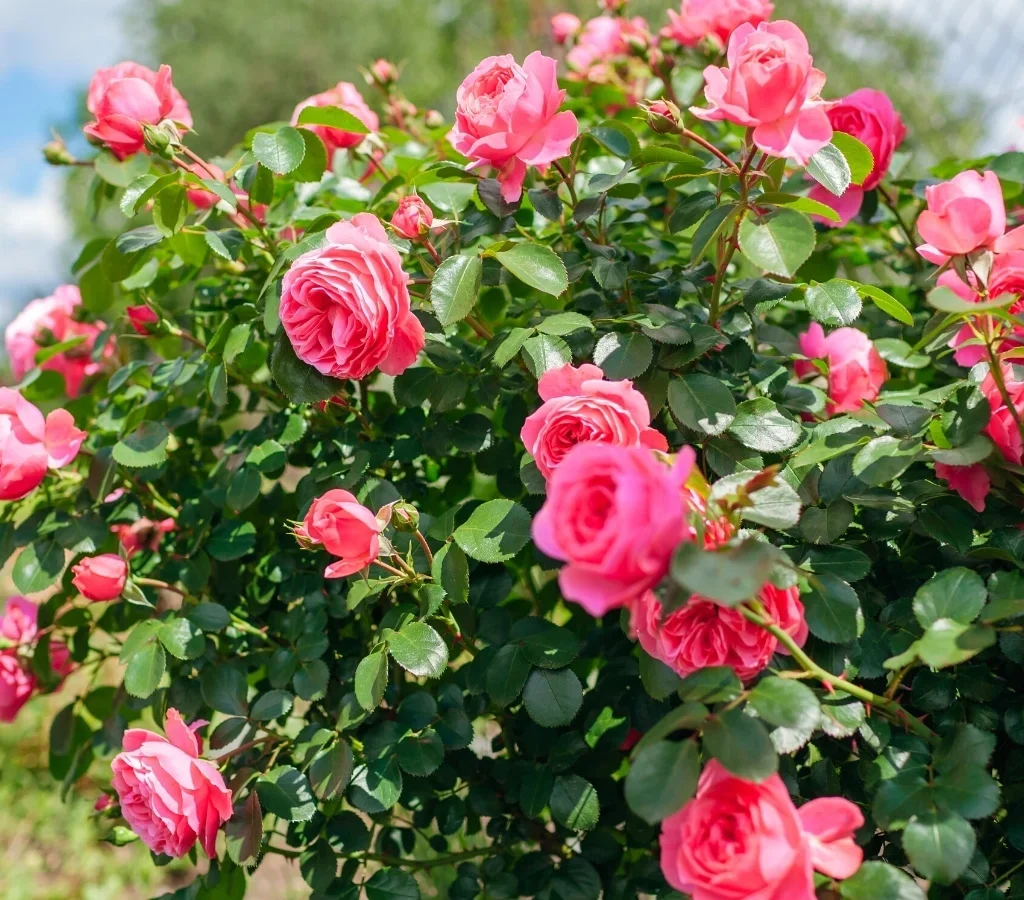
The first step to year-round blooms is selecting rose varieties that are known for continuous flowering. Not all roses bloom throughout the year, so choose repeat-blooming or remontant varieties:
- Hybrid Tea Roses: Classic long-stemmed roses that produce large, elegant blooms repeatedly.
- Floribunda Roses: Compact shrubs with clusters of flowers that bloom multiple times.
- Grandiflora Roses: Tall, elegant plants combining hybrid tea and floribunda traits with continuous flowering.
- Climbing Roses: Certain climbing varieties bloom repeatedly and can provide vertical beauty.
- Shrub Roses: Disease-resistant and hardy, with frequent flowering cycles.
Tip: Check the variety’s bloom habit before planting to ensure it fits your goal of year-round flowering.
Step 2: Plant Roses in the Right Location
Sunlight, air circulation, and protection from harsh elements are critical for roses to bloom consistently:
- Sunlight: Roses need at least 6 hours of direct sunlight per day. Morning sunlight is especially beneficial to dry dew and prevent fungal diseases.
- Air Circulation: Plant roses where air can flow freely to reduce fungal infections and encourage healthy growth.
- Soil Drainage: Roses prefer well-draining, loamy soil. Avoid low spots that collect water, which can lead to root rot.
Tip: If you’re planting in containers, choose large pots with proper drainage holes and high-quality potting soil enriched with compost.
Step 3: Prepare the Soil Properly
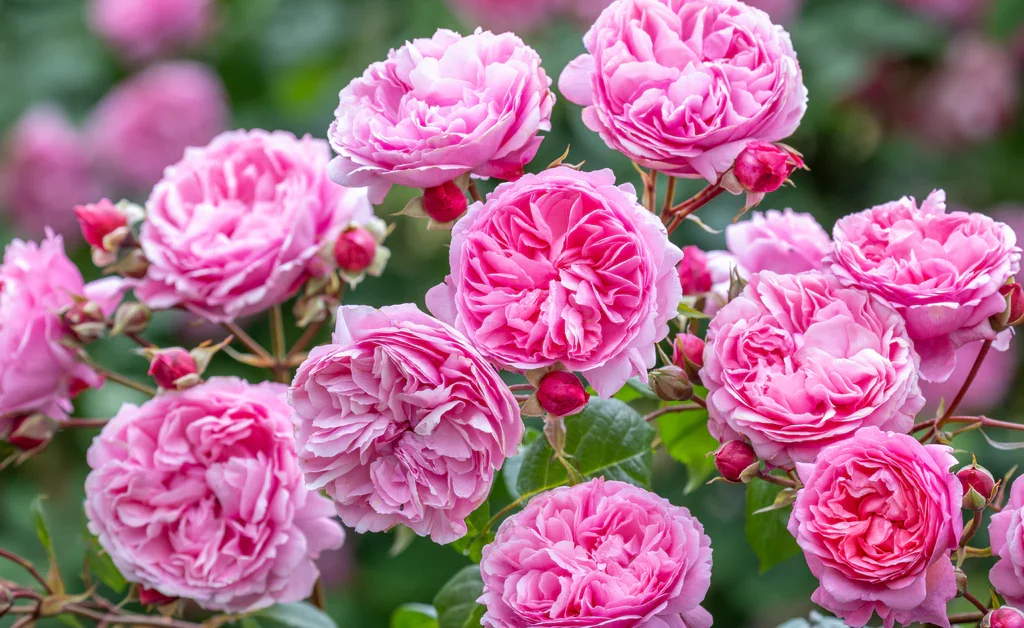
Healthy soil is the foundation of year-round blooms:
- Soil pH: Roses thrive in slightly acidic soil, ideally between 6.0 and 6.5.
- Amendments: Mix compost, aged manure, and organic matter into the soil to improve fertility and structure.
- Drainage: Raise garden beds or use containers with drainage layers to prevent waterlogging.
Tip: Conduct a soil test to determine nutrient levels and pH, adjusting as necessary for optimal rose growth.
Step 4: Watering Roses Correctly
Consistent moisture is crucial, but overwatering can harm roses:
- Deep Watering: Water at the base of the plant to encourage deep root growth.
- Frequency: Water 2–3 times per week in hot weather; adjust depending on rainfall and soil type.
- Avoid Wetting Foliage: Wet leaves encourage fungal diseases like black spot and powdery mildew.
Tip: Mulch around the base with 2–3 inches of organic material to retain moisture and reduce evaporation.
Step 5: Fertilize for Continuous Blooms
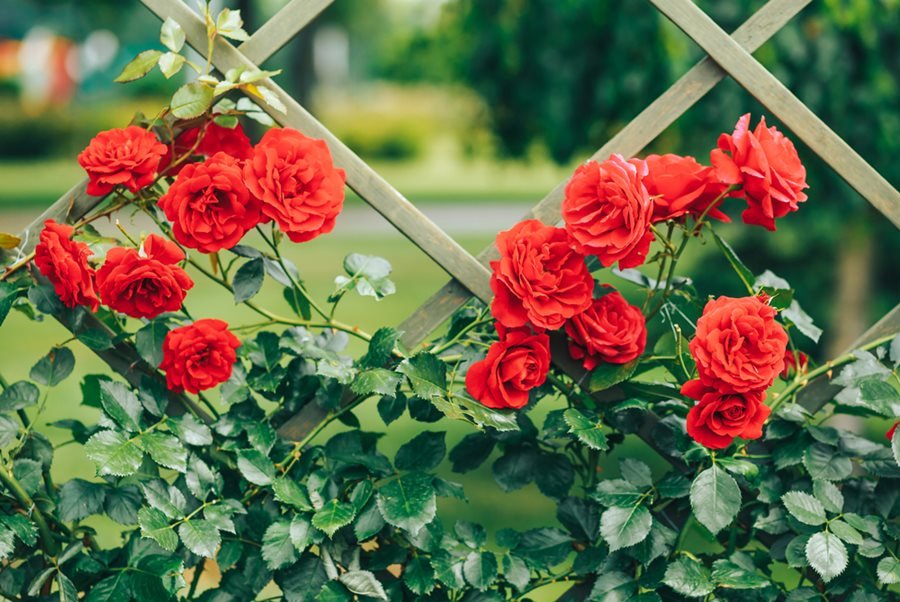
Roses are heavy feeders, especially repeat-blooming varieties. Fertilization supports healthy growth and abundant flowering:
- Balanced Fertilizer: Use a rose-specific or general-purpose fertilizer with balanced NPK (Nitrogen, Phosphorus, Potassium).
- Frequency: Feed every 4–6 weeks during the growing season; reduce in winter if dormant.
- Organic Options: Compost, worm castings, and well-aged manure provide nutrients naturally.
- Liquid Fertilizers: Seaweed or fish emulsion can provide a quick nutrient boost and improve flowering.
Tip: Avoid over-fertilizing with nitrogen alone, as it promotes leaf growth at the expense of blooms.
Step 6: Pruning for Year-Round Bloom
Proper pruning encourages new growth and continual flowering:
- Deadheading: Remove spent flowers regularly to stimulate new blooms.
- Structural Pruning: Cut back old or weak stems to improve airflow and plant shape.
- Timing: For repeat-blooming roses, prune lightly throughout the year; heavier pruning can be done in early spring.
Tip: Use clean, sharp pruning shears to prevent disease transmission and damage to the plant.
Step 7: Protect Roses from Pests and Diseases
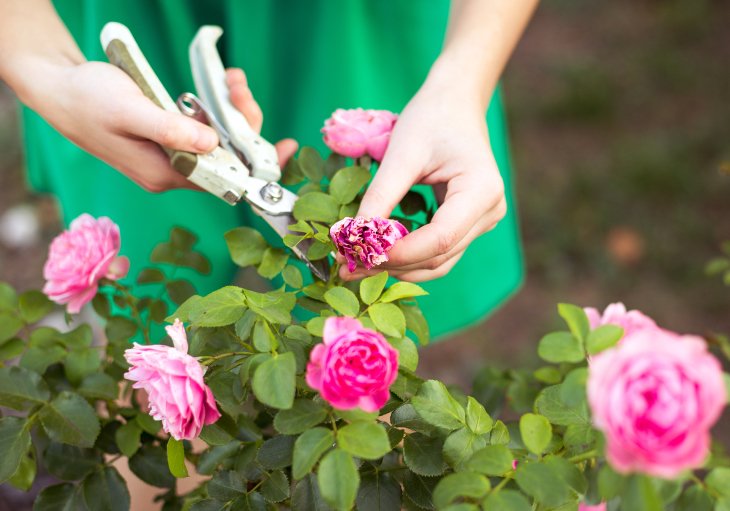
Year-round blooming requires maintaining healthy plants free from pests and diseases:
Common Pests
- Aphids
- Spider mites
- Thrips
- Japanese beetles
Common Diseases
- Black spot
- Powdery mildew
- Rust
Prevention and Management:
- Inspect plants weekly for early signs of pests or disease.
- Use insecticidal soap or neem oil for organic pest control.
- Ensure proper spacing and pruning for air circulation.
- Remove and destroy infected leaves promptly.
Tip: Companion planting with garlic, chives, or marigolds can help deter pests naturally.
Step 8: Extend the Blooming Season
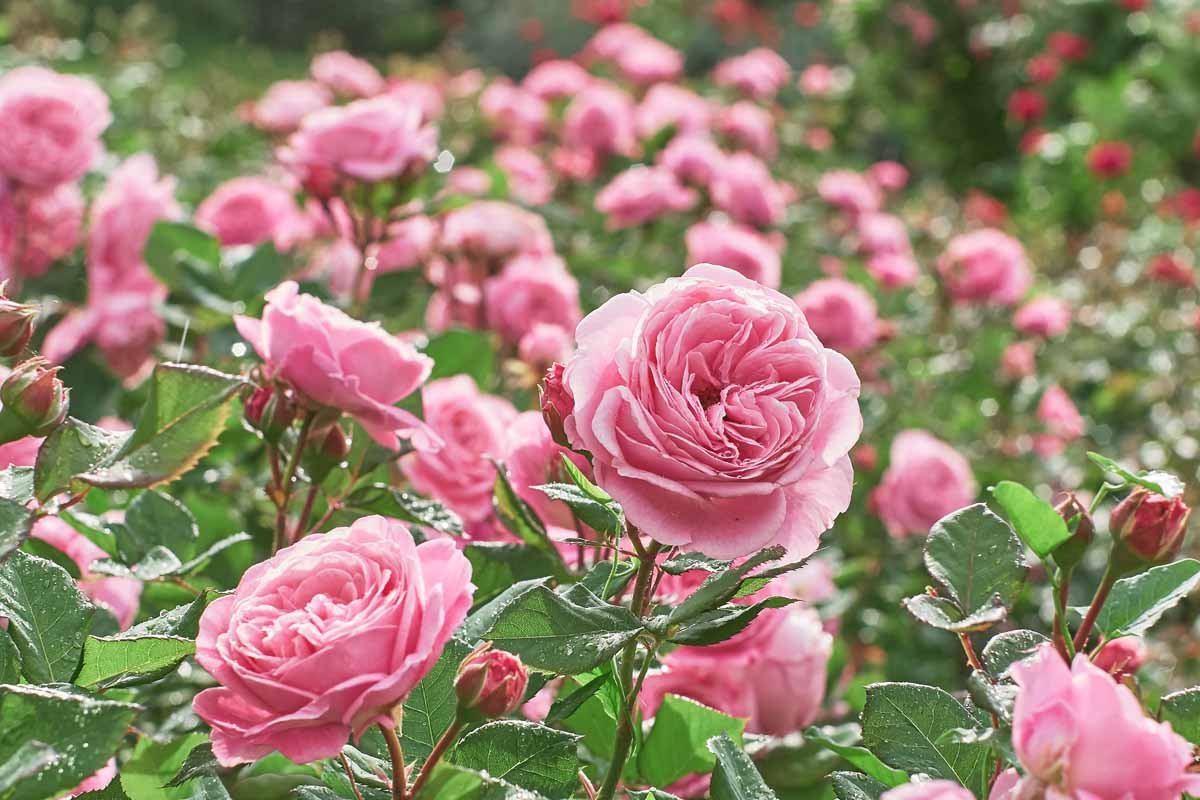
To keep roses flowering almost all year, consider these techniques:
- Climate Considerations:
- In temperate climates, roses may slow down in winter. Use protective coverings or grow in containers to move indoors.
- Succession Planting:
- Plant varieties with staggered bloom times to maintain continuous color.
- Encourage New Growth:
- Regular feeding, deadheading, and pruning stimulate new shoots and buds.
- Container Gardening:
- Allows better control over temperature, soil quality, and watering, enabling extended bloom in colder months.
Tip: Some tropical or subtropical rose varieties can bloom year-round in warm climates without special care.
Step 9: Mulching and Soil Care
Mulching is essential for maintaining consistent soil moisture, suppressing weeds, and protecting roots:
- Organic Mulch: Use straw, wood chips, or compost.
- Thickness: 2–3 inches around the base, keeping mulch away from the crown of the plant.
- Renew Regularly: Refresh mulch as it decomposes or is washed away by rain.
Tip: Mulching also moderates soil temperature, which helps roses maintain growth during seasonal changes.
Step 10: Growing Roses in Containers
Container roses offer flexibility and can thrive year-round with proper care:
- Pot Selection: Choose large pots to accommodate root growth.
- Soil Mix: Use high-quality potting soil mixed with compost.
- Watering: Container soil dries faster, so monitor moisture more frequently.
- Fertilization: Container roses benefit from more frequent feeding due to nutrient leaching during watering.
Tip: Move containers to sunnier locations during cloudy or winter months to prolong blooming.
Step 11: Winter Care and Year-Round Tips
Even in colder climates, you can encourage continuous blooming:
- Protect roses from frost using burlap wraps or frost cloths.
- Apply a layer of mulch or straw around the base for insulation.
- Reduce watering slightly during dormancy but keep soil from drying out completely.
- Consider indoor overwintering for container roses with adequate sunlight.
Tip: Ever-blooming varieties like “Knock Out” roses are more resilient and easier to maintain for year-round flowering.
Benefits of Year-Round Blooming Roses
- Aesthetic Beauty: Continuous flowers enhance gardens, patios, or indoor spaces.
- Fragrance: Enjoy the delightful aroma all year.
- Pollinator Attraction: Bees and butterflies visit consistently, supporting biodiversity.
- Garden Productivity: Continuous blooms can provide cut flowers for your home or gifts.
- Therapeutic Value: Caring for roses throughout the year promotes relaxation and reduces stress.
Final Thoughts
Growing roses that bloom all year is achievable with careful variety selection, proper location, soil preparation, watering, fertilization, pruning, and pest management. The key is consistency in care and understanding the needs of your specific rose varieties.
By choosing repeat-blooming or remontant roses, providing adequate sunlight, maintaining soil health, and protecting plants from pests and diseases, your roses can flourish continuously, providing vibrant color, fragrance, and joy all year long.
Whether planted in the garden or in containers, year-round roses are not just a beautiful addition—they’re a symbol of dedication, patience, and love for gardening. With the right care, you can transform your garden into a haven of color, fragrance, and natural beauty throughout every season.
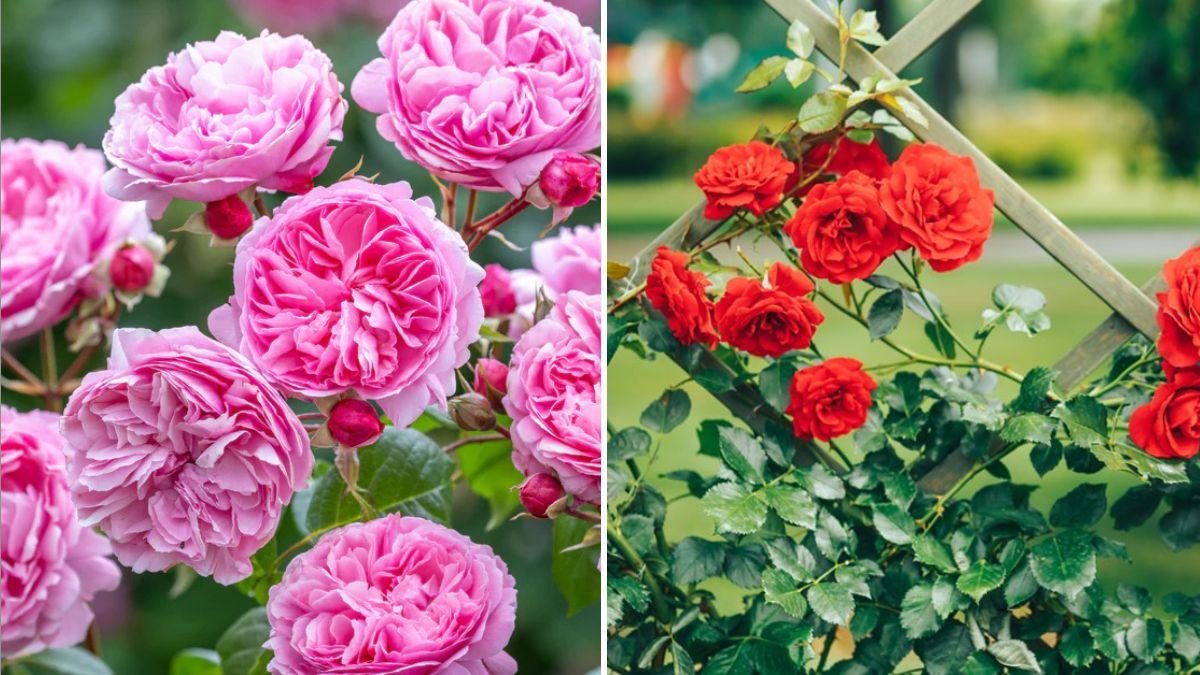



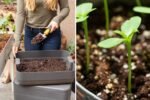

Leave A Comment